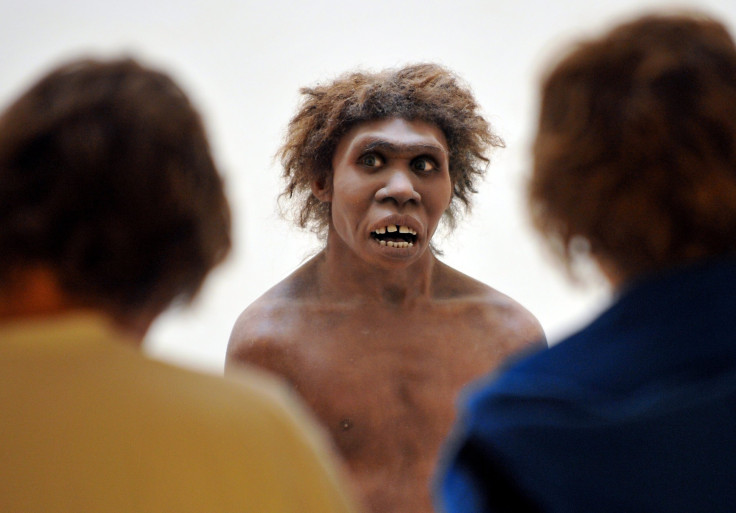Neanderthal DNA In Humans Affects Sleep, Triggers Smoking Addiction, Schizophrenia

A cave in Croatia has revealed clues about our ancestry and how we eventually developed disorders like depression, heart attack and an addiction to smoking. Though Neanderthals went extinct around 40,000 years ago, new research has revealed that we carry a lot of them in us.
Neanderthals were a lot like homo sapiens, in-fact they were just a different species. Our timeline of existence overlapped with theirs, which might have led to interbreeding. This was confirmed in 2010 in a National Geographic report.
According to a new study by Michael Danneman and Janet Kelso of the Max Planck Institute for Evolutionary Anthropology, published in the The American Journal of Human Genetics, humans share much more genetic material with Neanderthals than previously thought.
Based on a recently discovered genome cluster, the scientists estimate that modern non-African populations carry between 1.8-2.6 percent of Neanderthal DNA, which is higher than previous estimates of 1.5-2.1 percent.
The latest genomes sequenced for this study were found in Croatia’s Vindija Cave and one from Mezmaiskaya Cave in the Republic of Adygea, according to a report published in Sci News.
“Our analyses indicate that Vindija 33.19 was more closely related to the Neanderthals that mixed with the ancestors of present-day humans living outside of sub-Saharan Africa than the previously sequenced Altai Neanderthal, allowing 10-20 percent more Neanderthal DNA to be identified in present-day humans, including variants involved in LDL cholesterol levels, schizophrenia and other diseases,” Kay Prüfer, co-author of the study said in the report.
The findings, based on bone fragments from a 52,000-year-old female specimen found in Vindija Cave in Croatia, were able to give researchers billions of DNA samples to study. This comprehensive study proved that Neanderthals lived in small, isolated populations of about 3000 individuals.
Results show that the presence of Neanderthal DNA in humans is linked to an array of health problems. The team has concluded that the wide interbreeding seen in the Neanderthal population at that time is responsible for triggering health issues in modern day homo sapiens.
The DNA sequences revealed that these small colonies forced Neanderthals to interbreed in high numbers. The parents of the Vindija specimen showed 1.6 differences per 10,000 base pair of DNA. Modern day humans show around 7 to 10 differences per 10,000. These differences are vital to give birth to healthy babies free of genetic disorders. The researchers say that such high levels of interbreeding points to very small territories and smaller colonies.
Those small populations could explain why Neanderthals eventually became vulnerable to extinction almost 40,000 years ago, though that's just speculation at this time. To know more, we'll need to find more Neanderthal DNA to analyze. According to the team, the forced interbreeding triggered shorter life spans and a spate of health problems which eventually led to their extinction.
Linking current health problems plaguing homo sapiens and Neanderthal DNA can prove to be vital in finding a cure to these diseases. The team says that collecting more Neanderthal DNA will help narrow down which Neanderthals caused the disease, study them and hopefully formulate a solution with this additional information.
© Copyright IBTimes 2025. All rights reserved.





















